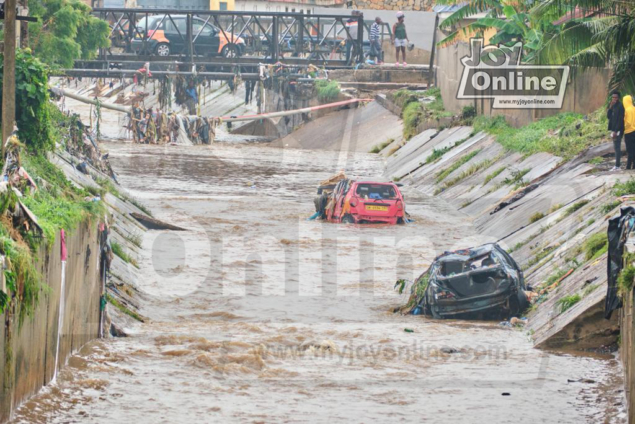The World Bank Group in collaboration with the National Disaster Management Organisation (NADMO), National Development Planning Commission (NDPC) and other major stakeholders held a stakeholders consultation workshop towards the development of a national social protection shock response strategy to show the importance of shock response strategies in Ghana.
According to them, Ghana is rated “high” (the highest level on a four-point scale) for several climate-related shocks, including extreme heat; water scarcity; and urban, river and coastal flooding.
These were accounted to be some of the major risk factors in the country.
Estimates by the United Nations Office for Disaster Risk Reduction and CIMA Research Foundation indicated that, on average, floods in Ghana adversely affect 45,000 individuals annually accounting for 0.16 per cent of the country’s population, thus, reducing annual national Gross Domestic Product (GDP) by 0.23 per cent.
Also on average, drought in the country adversely affects 3.5 million individuals annually indicating 13 per cent of the population and reduces annual inflation by 15 per cent.
The accumulated effect of both flood and drought is a 15.23 per cent reduction in GDP and affects some 3,545,000 individuals annually representing some 13.16 per cent of the population.
The workshop focused on examining; the spatial distribution of drought and flood risk in Ghana, the association between the distribution of these risks and the distribution of the country’s population and poverty levels across districts to determine which region requires what social safety plan, and finally the association between the distribution of the risk and the distribution of social safety net programs participation levels across districts in the country.
The World Bank Group also discovered that both drought and flood risks are determined as increasing functions of “hazard” and “vulnerability” and decreasing functions of “capacity”.
That is, as “hazard” and “vulnerability” rise, floods and drought also rise likewise a fall in “capacity” leads to a fall in both floods and drought.
Hazard, according to them, is the probability of occurrence of a climatic shock, vulnerability is the potential impact of climatic shock as determined by land use and population density, and capacity is the institutional and organisational strength to respond to the shock.
Latest Stories
-
Trump signs proclamation banning travel from 12 countries including Congo, Libya, Sudan
8 minutes -
Parliament ratifies WTO agreement on fisheries subsidies
17 minutes -
Musk turns on Republicans – and gives Trump’s big bill a harder path
2 hours -
Putin will seek revenge for Ukraine drone attack, warns Trump
2 hours -
Musk urges Americans to tell lawmakers to ‘kill the bill’
2 hours -
Trump signs proclamation to restrict student visas at Harvard
2 hours -
US appellate judges skeptical of Trump birthright citizenship order
2 hours -
Energy Sector Levy raised GH¢9bn but power crisis persists – AOMCs CEO
3 hours -
NIB declares 3 more suspects wanted in $350m cocaine bust
3 hours -
GCB Bank to launch special ‘Hajj Account’ as part of inclusive financial offerings
3 hours -
Trump administration plans $1,000 fee to fast-track tourist visas, memo says
3 hours -
GH¢1 fuel levy eight times worse than scrapped E-Levy – Bawumia
3 hours -
Interior Ministry warns public against fake security services recruitment
4 hours -
Tanzania announces shutdown of X because of pornography
4 hours -
Education Minister condemns sexual harassment of female employees, calls for institutional reforms.
4 hours

